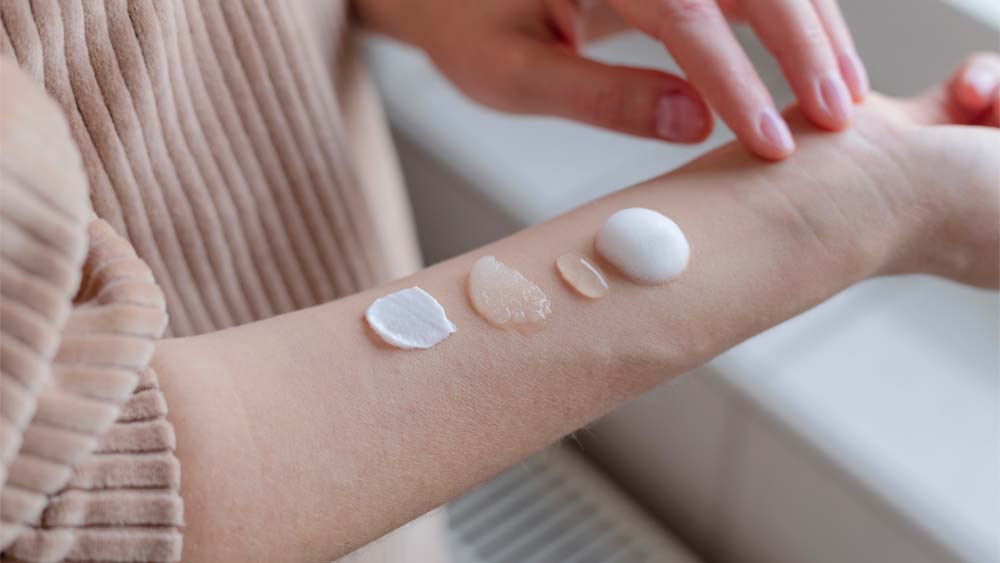When it comes to skin care, the one-size-fits-all approach doesn’t work. Many people unknowingly use products that cause skin irritation or allergic reactions. To avoid adverse effects, it’s crucial to patch test new skin care products before incorporating them into your routine. This simple method can help you identify any problematic ingredients that might irritate your skin, allowing you to enjoy healthier, glowing skin without discomfort.
In this detailed guide, we’ll explore what a patch test is, why it's essential, and how to do it properly at home. We’ll also dive into the common allergens and ingredients to be aware of, helping you make informed choices when selecting your skin care products.
What is a Patch Test?
A patch test is a method used to assess how your skin reacts to a particular product or ingredient. Many skin care products contain preservatives, fragrances, and chemicals that can trigger irritation or allergic reactions. The patch test allows you to apply a small amount of the product to a specific area of your skin and monitor for any reactions.
While some reactions occur quickly, others may take a few days to develop, which is why patch testing can take some time. It is a critical step for anyone with sensitive skin, allergies, or those trying a new product for the first time.
Why is Patch Testing Important?
Patch testing is vital because it prevents potential skin damage from allergic reactions, dermatitis, or irritation. Here’s why it's a step you shouldn’t skip:
- Avoid Allergic Reactions: Skin reactions to allergens like fragrances, dyes, and preservatives can cause discomfort and long-lasting skin issues.
- Prevent Irritation: Even if you're not allergic, certain chemicals in skin care can be harsh on your skin, causing irritation, redness, or dryness.
- Reduce Costs: By testing a product before full use, you avoid wasting money on products that don’t suit your skin.
- Customise Your Routine: Patch testing helps you understand which ingredients work best for your skin type, allowing for a more tailored skin care routine.
How to Perform a Patch Test
Performing a patch test at home is simple, and it only takes a few minutes. Follow these steps:
- Select the Test Area: Choose a small, discreet patch of skin, such as the inner arm or behind the ear. This area is sensitive enough to mimic how the product will react on your face but won’t cause visible irritation.
- Apply the Product: Use a small amount of the product, applying it as you would during normal use. For wash-off products, leave them on for the recommended time (usually five minutes).
- Leave It On: For products like lotions, moisturisers, or serums, leave them on the skin for at least 24 hours without washing the area.
- Repeat the Process: It’s essential to apply the product twice a day for 7–10 days to test for any delayed reactions.
- Monitor for Reactions: Look out for signs of irritation, such as redness, itching, swelling, or a rash. If you experience any reaction, wash the area immediately and discontinue use of the product.
Common Irritants in Skin care Products
Certain ingredients in skin care are known for causing contact dermatitis, either through irritation or allergic reactions. Understanding which chemicals are most likely to cause issues will help you make smarter product choices. Here are some common irritants to watch for:
- Fragrances: Ingredients like linalool, limonene, and citronellol are common allergens in skin care.
- Preservatives: Preservatives like parabens, methylisothiazolinone, and formaldehyde can trigger allergic reactions in sensitive individuals.
- Sodium Lauryl Sulphate (SLS): This ingredient, often found in cleansers, can cause significant dryness and irritation.
- Essential Oils: While natural, essential oils like tea tree or lavender can be irritating for some skin types.
Types of Contact Dermatitis
There are two main types of contact dermatitis that can result from exposure to irritating ingredients:
- Irritant Contact Dermatitis (ICD): This is caused by chemicals that damage the skin’s protective outer layer. It’s the most common form of dermatitis, accounting for about 80% of cases. Environmental factors, like extreme temperatures or humidity, can exacerbate ICD.
- Allergic Contact Dermatitis (ACD): ACD occurs when the immune system reacts to a substance, triggering inflammation and irritation. This type of reaction often happens days after contact with the allergen.
Choosing the Right Skin care Products
To reduce your risk of irritation, follow these tips when selecting skin care products:
- Opt for Fragrance-Free: Fragrances are a major cause of allergic reactions. Choose fragrance-free products to minimise this risk.
- Read Labels Carefully: Products labelled “hypoallergenic” or “organic” do not always guarantee safety. Review the ingredient list for known allergens.
- Simplify Your Routine: Stick to products with minimal ingredients to reduce the chance of irritation.
Symptoms of a Reaction
If a patch test reveals that your skin is sensitive to a product, symptoms may include:
- Redness or a rash
- Itching or burning sensations
- Blistering or swelling
- Dry, scaly patches
These reactions can occur hours or days after application, so it's important to monitor your skin over time.
When to Consult a Doctor
In some cases, irritation can become more severe. You should see a dermatologist if:
- You develop a rash that bleeds or oozes pus.
- You suspect a skin allergy.
- Your symptoms persist after two to three weeks of discontinuing the product.
- You experience widespread hives or have difficulty breathing, which may indicate anaphylaxis.
Conclusion
Patch testing is a straightforward and effective way to prevent unwanted skin reactions. By testing new products before full use, you can protect your skin and ensure a smoother, irritation-free skin care experience. Always be mindful of ingredient lists and don’t hesitate to consult a dermatologist for advice on managing sensitive skin. Your skin deserves the best, so make patch testing a key part of your skin care routine.

